SUMMARY
This is AI generated summarization, which may have errors. For context, always refer to the full article.
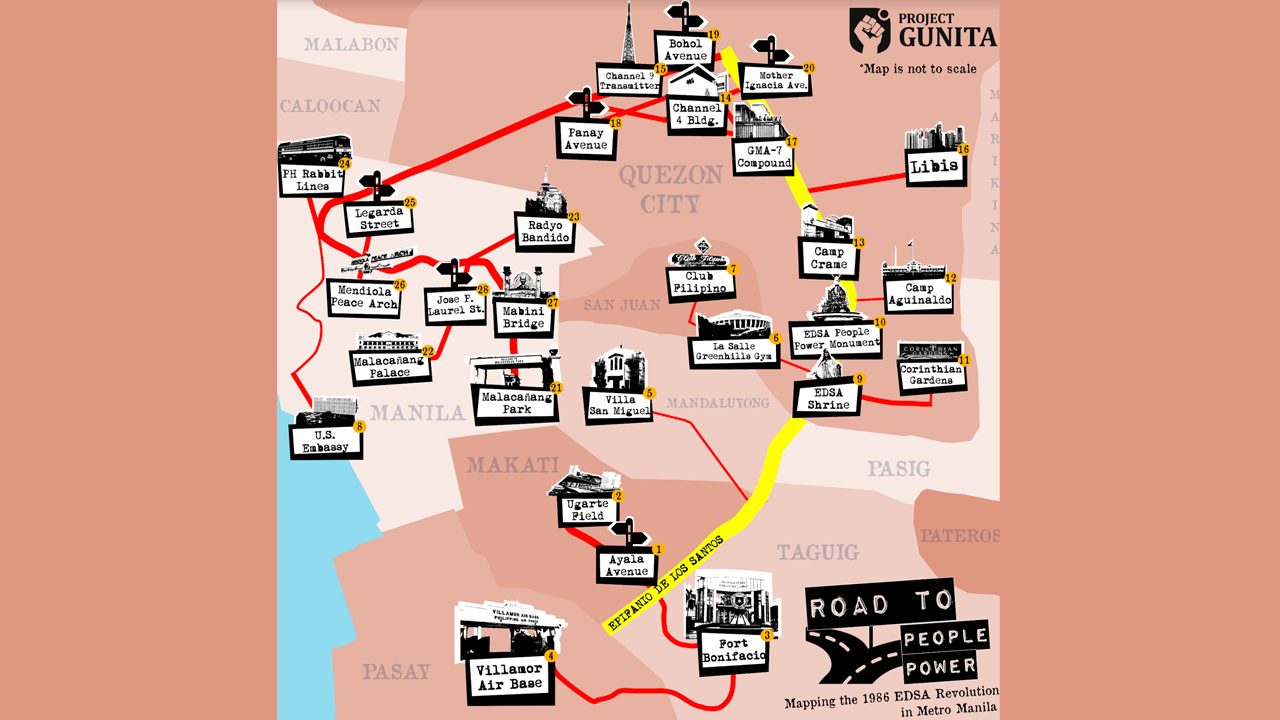
MANILA, Philippines – Did you know that we regularly pass by certain spots in Metro Manila that have a rich history of dissent?
In commemoration of the 38th anniversary of the EDSA People Power Revolution, Project Gunita released a map to pinpoint important landmarks and locations in Metro Manila linked to the Martial Law years and the Marcos dictatorship.
This effort is part of the #RoadToEDSA campaign which features a series of infographics on events and location maps relevant to the 1986 uprising that restored democracy to the country.
Metro Manila is so far the most documented region in the Philippines linked to the EDSA People Power movement. Project Gunita said that there are still gaps in terms of making history more accessible to the people even in urban areas.
“We can share this information to popularize it because it’s a waste if we just gatekeep this, right? I guess a lot of the times…it’s only kept within academic circles, fellow enthusiasts, historians – they know it, but when it comes to the people who are really interested in these topics,” Project Gunita co-founder Sarah Gomez said in a mix of Filipino and English.
“We want them to be interested, we want them to learn more about their history, appreciate and learn,” Gomez added.
Project Gunita co-founder Karl Patrick Suyat said in a mix of Filipino and English, “I think the biggest gain of the entire map in terms of making history more accessible – not just resources – but making history itself more accessible, is letting people in Metro Manila know that EDSA was not just in EDSA or the protest movement against Marcos was not just in Mendiola for that matter.”
The #RoadToEDSA campaign aims to debunk misconceptions about the movement, among them, that the uprising only happened in just a matter of days. Project Gunita said it wanted to highlight the buildup of significant events during the Marcos dictatorship through mapping several hotspots where these events happened.
“Through the maps, we hope to also focus on those little events that I guess pushed it forward. It’s really trying to show that it’s really several movements that converged and culminated into EDSA that ended it all,” Gomez said.
A separate location map of Cebu was launched on February 21. These two maps were released under the campaign to signify two capitals of resistance relevant to the history of the anti-dictatorship struggle: Manila being the center of power, and Cebu as the center of opposition.
The Manila map consists of 28 significant locations in Quezon City, Manila, Makati, and Taguig, among others – each representing areas with important historical context.

You may access the full description of the Metro Manila map here.
Here are additional information on some locations.
Ugarte Field
Ugarte Field in Makati, now known as the Ayala Triangle , was one of the important sites of protest actions against the Marcos dictatorship. For instance, one major campaign rally of the Cory Aquino-Salvador Laurel tandem in 1986 took place there.
“‘Yung mga confetti rallies dati at mga kampanya ni Cory, sa Ugarte lagi ginaganap. Hindi siya sa EDSA…. But in the days, weeks, and years leading to EDSA, ang laki ng papel na ginampanan [ng lugar na ito] sa people’s movement,” Suyat said.
(The confetti rallies and the campaign of Cory all happened at Ugarte. Not in EDSA…. But in the days, weeks, and years leader to EDSA, this place played a significant role in the people’s movement.)
Gomez also added that given the history of these confetti rallies, Makati was considered a rally zone and center of dissent, paving the way for other opposition parties to stage their campaigns there.

Corinthian Gardens
The Corinthian Gardens gate in White Plains, Quezon City, was also a significant landmark after one of its walls was crashed into by a military tank in an attempt to avoid the crowd in Ortigas and proceed to Camp Aguinaldo.
This happened following the order to attack Camp Aguinaldo and Camp Crame on February 24, 1986.

Libis
On February 24, 1986, reinforcement troops from Marcos-Ver forces attempted to use tear gas on nuns and civilians to try to disperse the crowd and make their way to Camp Aguinaldo.
The attempt failed due to “sudden changes of wind” that blew the tear gas to the soldiers, Project Gunita said.
Panay Avenue
Panay Avenue became a historical symbol of battle during the last days of the Marcos dictatorship. According to the post, people massed up in this area to add civilian forces to the rebel soldiers who were trying to take over Channel 9 and Channel 4.
In particular, the Tropical Hut restaurant at the corner of Panay and Bohol Avenue, which stands to this day, was a place where people gathered and witnessed the firefights between Marcos forces and rebels on the last days of the dictatorship.

What’s next?
According to Project Gunita, this project does not end in the EDSA commemoration. They are still in the process of researching and collating archives to add more locations and historical context that have yet to be uncovered, especially in other provinces.
“This isn’t just a Manila experience. We’ve seen a lot of propaganda being put out there saying that EDSA is a Metro Manila experience, that the abuses are mainly in the National Capital Region (NCR)…but it’s not really about being in the capital, because there are a lot of abuses, a lot of movements in the countryside that aren’t reported; that aren’t popularized,” Gomez said.
She encouraged Filipinos to make use of the map to visit these sites in Metro Manila to learn more about the history of the People Power Movement.
“Even if they see the map late, it’s okay. I guess this is also a way for us to let people commemorate EDSA, even if it’s not the anniversary,” Gomez said.
“Let’s not always forget about the ‘people’ in People Power. And when you make all of these places more closer to the people, it’s making them closer to their own story,” Suyat added. – Rappler.com
Add a comment
How does this make you feel?


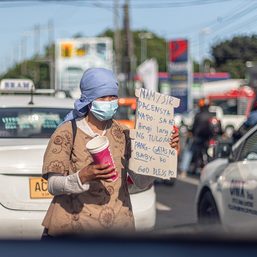


![[OPINION] A rebellion long overdue](https://www.rappler.com/tachyon/2024/06/mass-uprising-matrix-june-4-2024.jpg?resize=257%2C257&crop_strategy=attention)

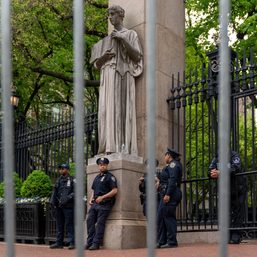
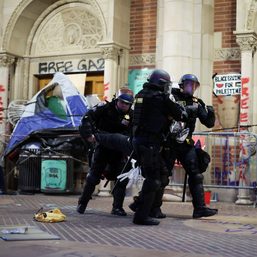
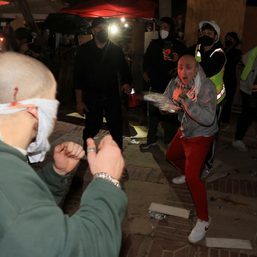



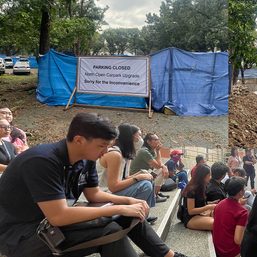
There are no comments yet. Add your comment to start the conversation.